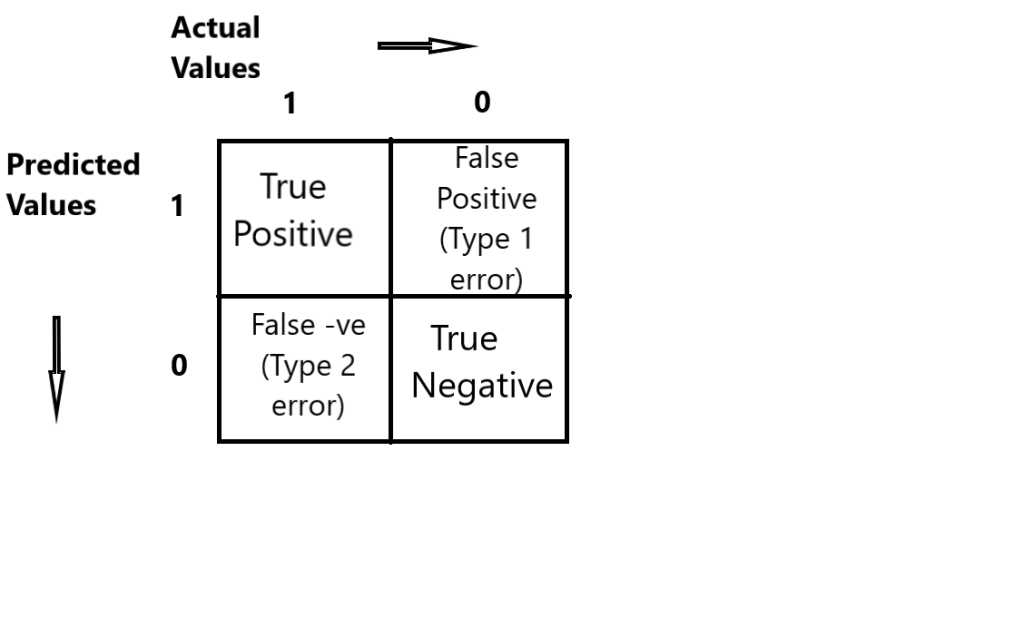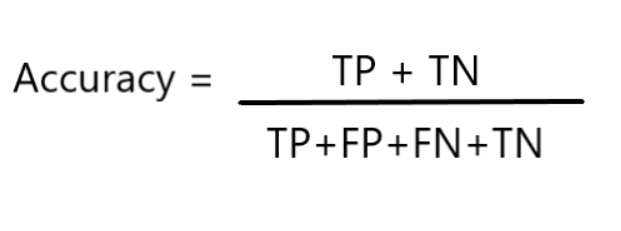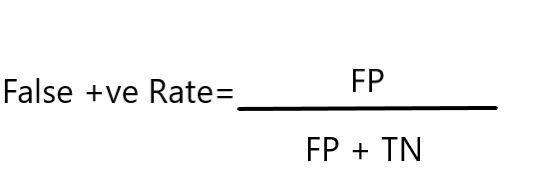Today we are going to discuss about some of the metrics in classification.
Let us first look at the confusion matrix.

The Accuracy is calculated as:-

The False Positive rate is calculated as given:-

Here TP :- True Positive ; TN:- True Negative ; FP:- False Positive ; FN :- False Negative
Consider a dataset with 1000 records of people who smoke and who do not smoke, which has the output as a binary classification. i.e., yes or no.
If the record has around 500 yes, 500 no or 600 yes, 400 no, we can consider it as a balanced dataset. But consider we have around 900 people who are smokers i.e., yes and only 100 people who are non-smokers i.e., no. It is a completely imbalanced dataset and predicted accuracy won’t be matching with the actual value.
Due to this imbalanced dataset, the ML algorithms will become biased. In this case we go for the usage of recall, precision and F-Beta to predict the accuracy.
Let us look what is precision, recall and F-Beta score now.
•Precision:-
Precision refers to the percentage of results which are relevant. In simpler words, it tells us, “out of the output which were predicted as positive, how many were actually positive.”
A real case scenario where precision can be used is , when a atient who does not have a disease is predicted as an infected person (i.e., False Positive value). Hence in this case our aim should be to minimize the value of FP. So, we use precision when False Positive value is important for our analysis.
•Recall:-
Recall refers to the percentage of total relevant results which were correctly classified by our algorithm. That is, out of the total positive values, how many were predicted as positive.
An example of this is when an infected person’s test result is negative, which can lead to harmful consequences in real world scenario. Thus, here the False Negative value holds higher prominence and we should try to decrease this value. So we use recall when we have FN value as important.
•F-Beta Score:-
Given below is the formula to calculate the F-Beta score.

Here the β value is selected based on whether the False Positive or False Negative vale plays a major role in our data. If both are equally important, we consider β as 1.
If False Positive value has a greater importance, β value is selected in between 0 to 1 and if False Negative value has a greater importance β value ranges from 1 to 10.
F-Beta score reaches its optimum value when β=1 and hence we generally hear people refer to it as F1-score instead of F-Beta score.